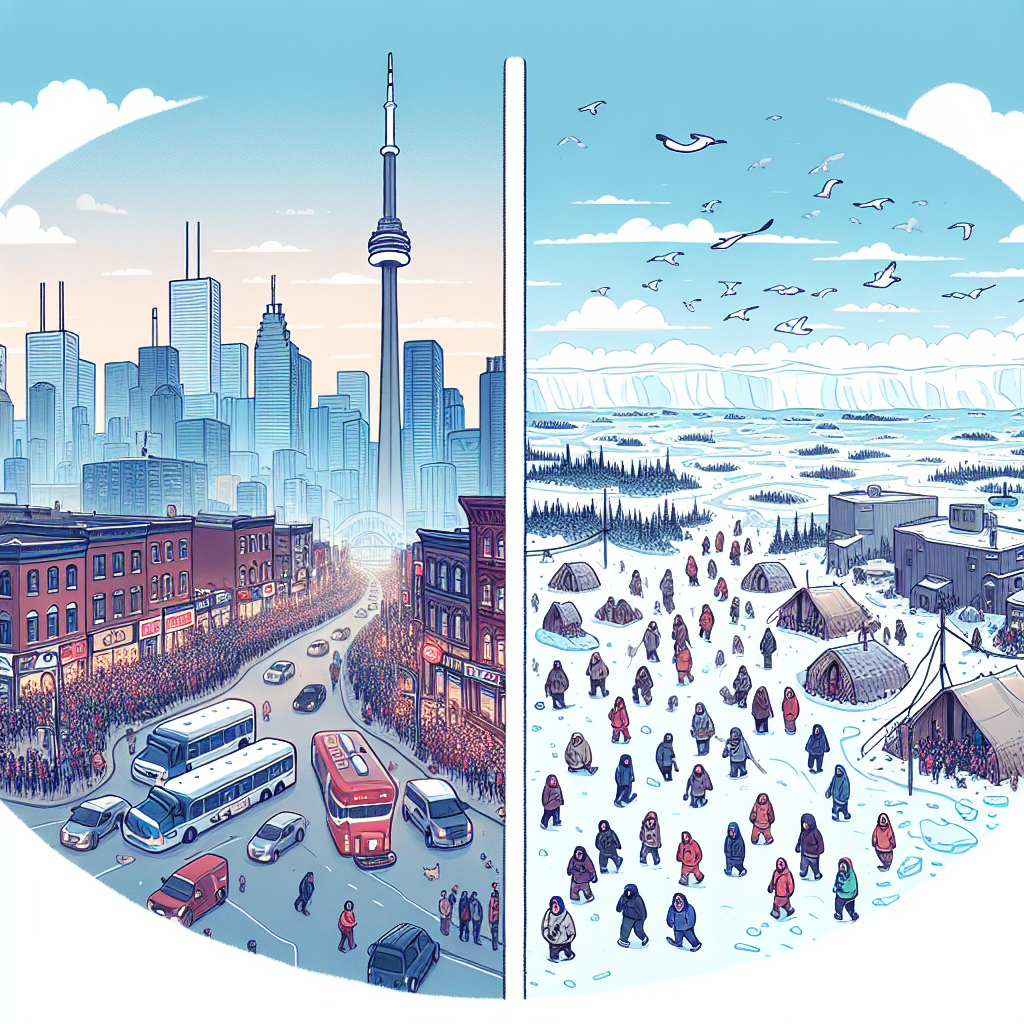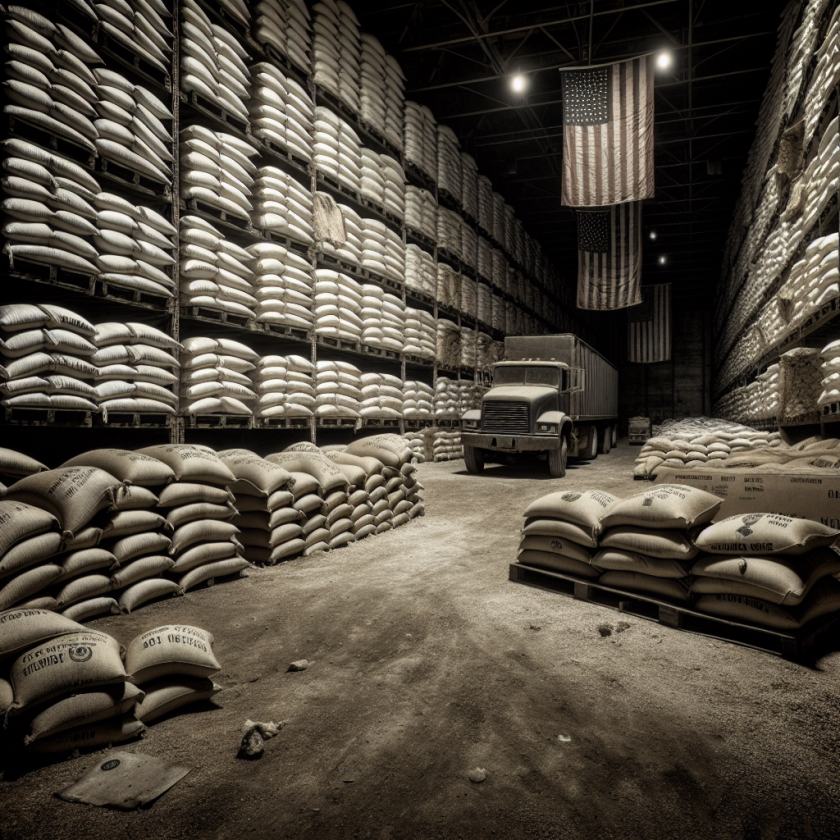Canada Election 2025: A Tale of Two Regions – Toronto Centre vs. Nunavut
Canada Election 2025: A Tale of Two Regions – Toronto Centre vs. Nunavut
Introduction
The 2025 Canadian federal election presents a fascinating contrast between two distinct regions: Toronto Centre and Nunavut. These areas highlight the diverse political landscape of Canada, each with unique challenges and priorities that shape their electoral dynamics.
Toronto Centre: Urban Dynamics
Toronto Centre, a bustling urban district, is characterized by its vibrant multicultural population and economic significance. Key issues influencing voters in this region include:
- Housing Affordability: Rising property prices and rental costs are major concerns for residents.
- Public Transit: Efficient and expanded transit options are crucial for daily commuters.
- Economic Growth: Sustaining economic development while ensuring equitable opportunities for all.
Nunavut: Remote Challenges
In stark contrast, Nunavut represents the vast, remote northern territories of Canada, where the electoral focus shifts to issues such as:
- Infrastructure Development: Improving connectivity and access to essential services.
- Indigenous Rights: Addressing historical grievances and promoting self-determination.
- Climate Change: Mitigating the impacts of climate change on traditional lifestyles and the environment.
Political Implications
The divergent priorities of Toronto Centre and Nunavut underscore the complexity of national politics in Canada. Political parties must tailor their platforms to address the specific needs of these regions, balancing urban and rural interests.
Conclusion
The 2025 election in Canada highlights the contrasting realities of Toronto Centre and Nunavut, reflecting the broader challenges of governing a diverse nation. Understanding these regional differences is crucial for political parties aiming to secure a mandate that resonates across the country.








































